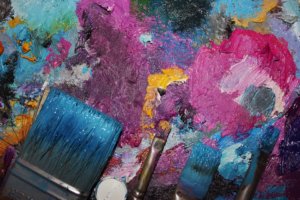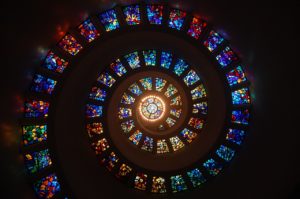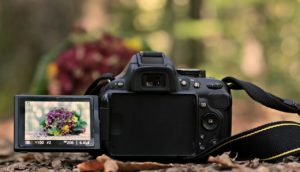Modern needlepoint derives from the canvas tent artwork that was quite popular during the 16th century and the shadowed wool work in bright-colored yarn that was a craze during the 19th century. In EarlyAmerican civilization, young girls usually made cross stitch or needlepoint works that normally consisted of a blessing on their families in combination with the numbers and alphabet. This ritual of passing showed not only their ability in stitching, but their literacy as well.
Selecting the canvas is one among the most vital aspects of planning a needlepoint work. Another important thing involves picking out the stitch or stitches to be done in the fabric from among the five basic categories of needlepoint stitches. Even though the two aspects rely upon one another, we will deal with the needlepoint canvas. The size and type of the canvas utilized will have a bearing on the quantity of detail in the blueprint of your work. Apparently, the more elaborate the project, the better the gage of canvas.
Many kinds of needlepoint canvas are used. Double thread and Single thread canvas are with sufficient holes or spaces to let big threads to move through without frazzling. Usually canvas is classed by thread count per inch or mesh sizes. Sizes differ from 5 to 24 threads every inch; standard mesh sizings are 10,12,14,18, and 24. The three kinds of needlepoint canvas available in the market are interlock, penelope and mono.
Mono canvas is available in the broadest diversity of colors (particularly on 18 mesh) and is woven plainly, with one woof thread passing over and below one warp thread. This type of canvas has a good scope for open and manipulation canvas. It is normally used for hand-colored canvases. Penelope canvas is having two threads nearly aggrouped conjointly in both woof and warp. Since these threads can be separate apart, penelope measurements are usually stated in two numbers, like 10/20.
Interlock canvases are having stable mesh intersections although they come with single threads. This happens as the woof threads, break up at the intersection points and enwrapping the warp threads. Interlock canvas is usually employed for impressed canvases. Silk gauze which is a kind of interlock canvas, comes in small frames for tent stitch work. Silk gauze is widely available in 32, 40 and 48 count, while rarely 18 count is sold and 64, 128 and some other counts come handy for miniature needlework.
Designs available in the market for needlepoint work are made in different ways. Charted Canvas, Hand-Painted Canvas, Free-form and Printed Canvas are widely available. In Hand-Painted Canvas, the designer paints the design on the canvas, or painted according to their directions by another person. Some canvases are stitch-painted, wherein each and every thread intersection is fastidiously painted in order that the stitcher has no uncertainties on what color is required to be used with the intersection. They may also be hand-painted, in which case the canvas gets painted with hand and the stitcher will be required to employ his own judgment on the colors to be used in case a thread intersection is not painted intelligibly. Hand-painted needlepoint canvases let the stitcher use his creativity more with unique stitches and threads as he is not required to rely on a separate chart. In the United States this is the most common kind of needlepoint canvas.





